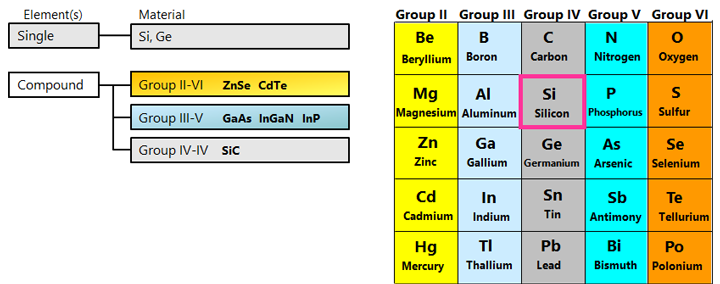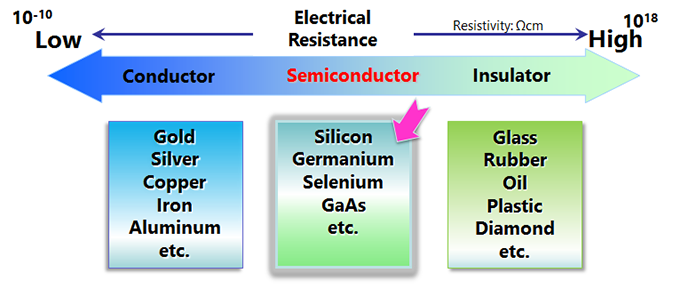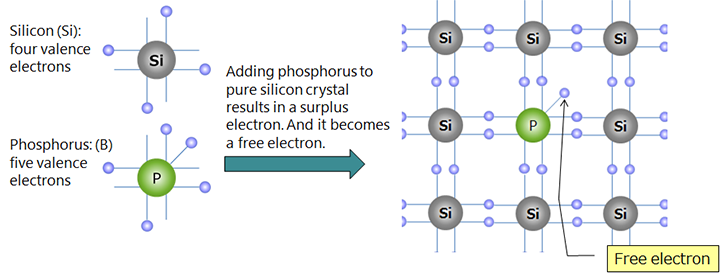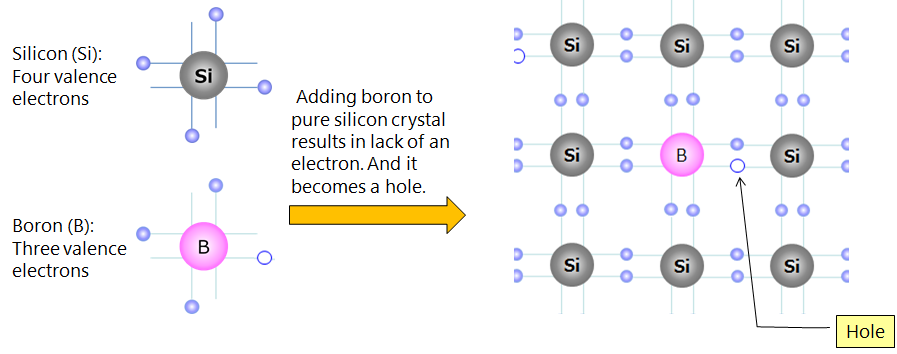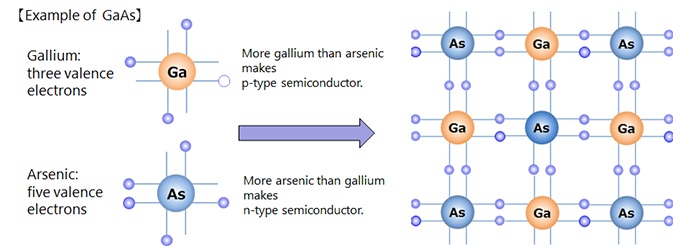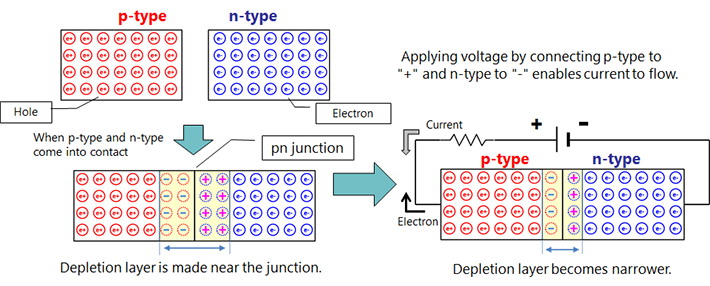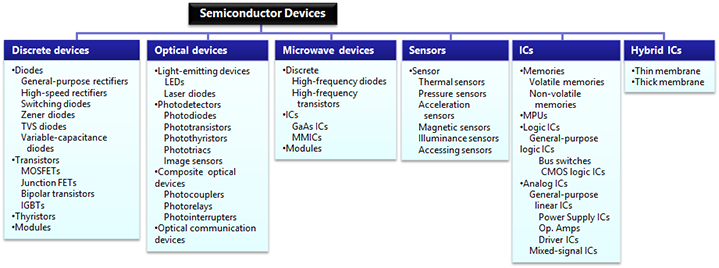- 型号 & 关键词搜索
- 交叉搜索
- 参数搜索
- 库存查询与购买
This webpage doesn't work with Internet Explorer. Please use the latest version of Google Chrome, Microsoft Edge, Mozilla Firefox or Safari.
请输入3个以上字符 Search for multiple part numbers fromhere.
The information presented in this cross reference is based on TOSHIBA's selection criteria and should be treated as a suggestion only. Please carefully review the latest versions of all relevant information on the TOSHIBA products, including without limitation data sheets and validate all operating parameters of the TOSHIBA products to ensure that the suggested TOSHIBA products are truly compatible with your design and application.Please note that this cross reference is based on TOSHIBA's estimate of compatibility with other manufacturers' products, based on other manufacturers' published data, at the time the data was collected.TOSHIBA is not responsible for any incorrect or incomplete information. Information is subject to change at any time without notice.
请输入3个以上字符
半导体原材料
下载“第Ⅰ章:半导体基础” (PDF:1.2MB)
硅(Si)和锗(Ge)是半导体的主要原材料,属于第IV组。*纯晶体(本征半导体)具有接近绝缘体的特性。然而,加入微量杂质(扩散/掺杂)可显著降低电阻,使其表现出导体的特性。根据添加的杂质类型,可以形成n型和p型半导体。用于形成n型半导体的杂质包括磷(P)、砷(As)和锑(Sb)。用于形成p型半导体的杂质包括硼(B)、镓(Ga)和铟(In)。
化合物半导体由多种元素制成,而硅半导体则由单一元素制成。组合的例子包括第III族和第V族元素、第II族和第VI族元素以及第IV族元素。最近备受关注的宽带隙半导体SiC和GaN也属于化合物半导体。
*:目前,一般使用长周期表,但这里使用短周期表,因为短周期表根据原子的电子层排列,更容易解释作为半导体原材料的元素的性质和行为。在短周期表中,元素组用罗马数字表示,而在长周期表中,元素组用阿拉伯数字表示,其数值也不同。例如,Si既属于第IV族,也属第14族。
